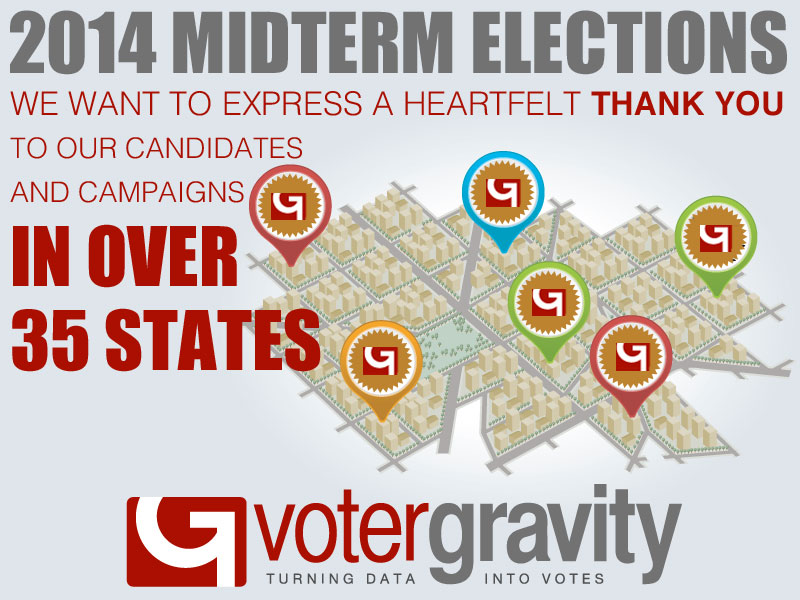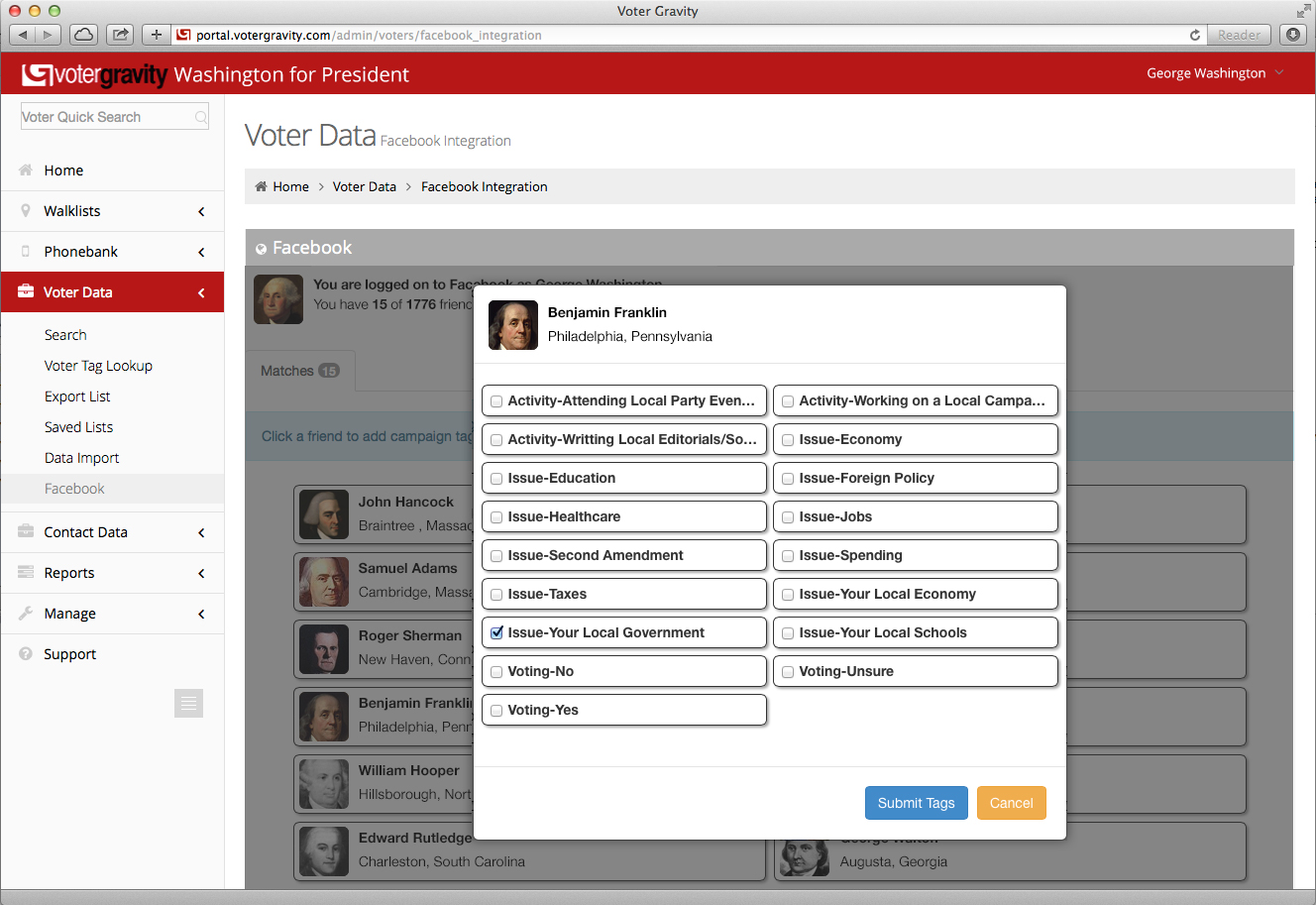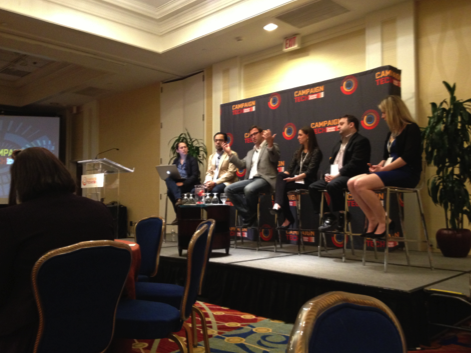Yard signs don’t vote and, let’s be honest about their role in campaigns; they are a physical sign of support when shown in people’s front yards. In lower level races where name ID for a candidate is low, they can increase name ID, but forests of yard signs in front of a polling location, or jammed into a highway median, are nothing but clutter and visual white noise for the average Joe. All that said, it is impossible to beat the economic-usefulness ratio of yard signs. They offer 24/7 advertisement of your name or issue, they are extremely low maintenance, and if designed correctly, can be used multiple elections. Below are suggestions for getting the most out of your yard signs.
1. Keep them simple and to the point.
Nobody is going to bother stopping their car to read a candidate’s sign: make sure that whatever you are advocating is in big, bold letters that anyone can read and understand. And example would be “Smith for Senate”. Make that as big as possible on whatever sign design you choose to have. Having something like “Elect: John Smith for US Senate because he’s awesome” will never fit on a sign with font big enough to read.
2. Use colors that stand out.
Avoid using “common” colors that will blend into the surrounds landscape. For example, a dark green sign with brown letters will blend into lawns and will not likely be as noticeable. Good color selection will not only use uncommon colors, but will have good contrast. Red or blue on white, yellow on dark blue, white on light green, etc. These colors will not only stand out of the average lawn, but will immediately draw attention because of the fact that they are out of place.
3. Make sure to follow all election laws.
When can you put a sign up? When does it need to come down? Do I have to give the disclaimer a certain font size? Before you order thousands of dollars of yard signs, make sure that your signs will comply with local election laws. If they don’t and someone notices (aka, your opponent) they can start a suit or have a judge forbid you from using them until they are fixed. If a discrepancy isn’t noticed until just before the election, it will be disastrous for your campaign.
4. Try to have something catchy if possible.
If you are able to find a couple words that share qualities with your name, use them. “Elect Elena” “Smith for Senate” “Vote Veronica” might be some examples. The idea is to have something that will stick in the voters mind. Remember, that’s the whole point of yard signs to begin with! If you do decide to use other language on the sign, make sure that it doesn’t too closely resemble your opponent: you want to distinguish yourself apart from them.
5. Put them in prominent places.
This is especially crucial if you have a tight budget. Having 2,000 yard signs in yards with only 30 of them along prominent street will be a waste of your time and money. Make sure that you get signs along high traffic streets whenever possible. This can be supplemented by billboards or non-standard sized signs placed on private property. Also make sure that the voter understands that, once a sign is placed, they need to make sure they stay up: if they plan to mow their yard, have a party, whatever the reason might be, respectfully request that at the end of the day they are always back out for people to see.
Yard sign are an affordable, low maintenance way to help with name ID and show support for the candidate and if used correctly, they may very well help sway the flow of the election.






